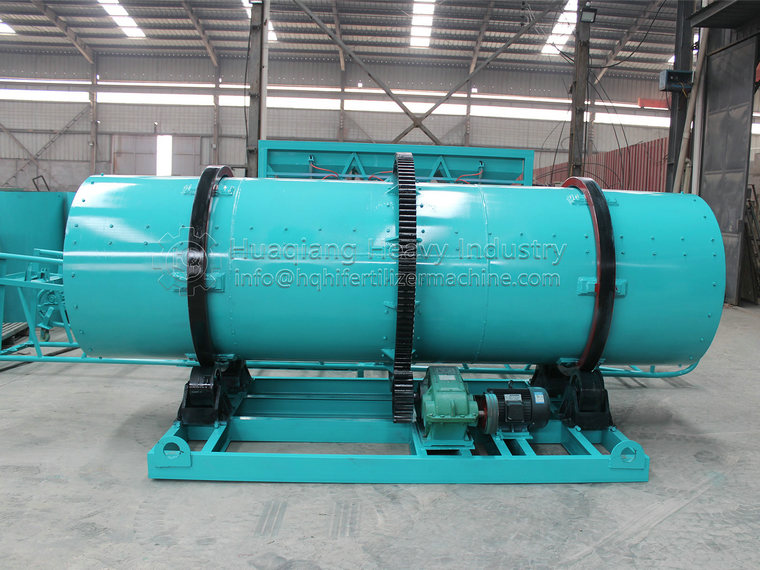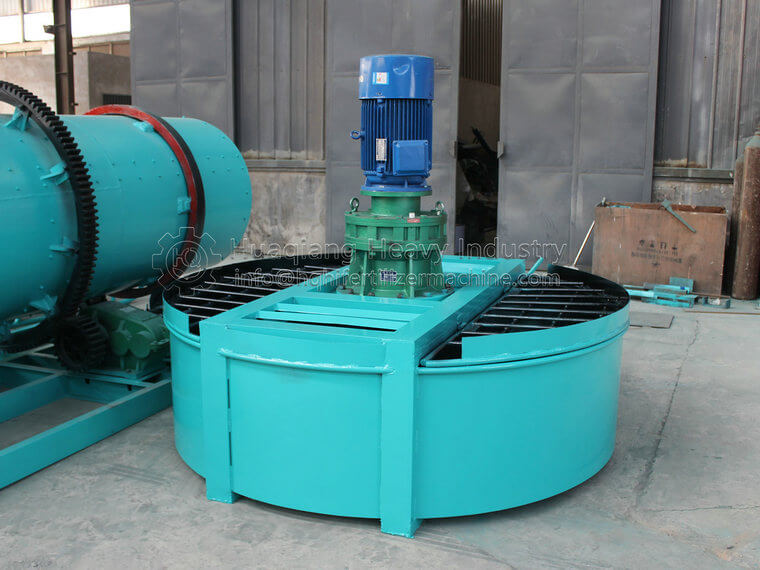In recent years, pollution disputes arising from the discharge of feces, urine, and sewage from livestock farms have been on the rise. After the new generation of environmentally friendly organic fertilizer equipment has achieved certain control over industrial pollution, the treatment of livestock and poultry farm manure has become a key focus of current pollution prevention and control. The pollution of large-scale livestock and poultry farming is not only a problem that affects its development, but also an important issue that affects its survival. Therefore, promoting organic fertilizer equipment for livestock manure to solve pollution in livestock and poultry farms has become an urgent task faced by livestock and poultry farms..jpg)
The annual production line of 10000 tons of organic fertilizer consists of several parts: fermentation system, drying system, deodorization and dust removal system, organic fertilizer crusher, ingredient system, mixing system, organic fertilizer granulator, and finished product packaging machine. Although the process structure is similar, the configured organic fertilizer equipment is not fixed. Organic fertilizer production line manufacturers will mainly design and provide customers with construction and equipment selection plans for an annual output of 10000 tons of organic fertilizer production line that meet their own conditions based on user material characteristics, on-site operating conditions, specific production requirements, automation level, and investment budget.
The organic fertilizer produced by the livestock manure organic fertilizer production line has complete nutritional elements, which can improve soil and improve soil compaction caused by the use of fertilizers. Improve soil physical and chemical properties, enhance soil water retention, fertilizer retention, and fertilizer supply capabilities. The beneficial microorganisms in the organic fertilizer production equipment of livestock and poultry manure enter the soil and form a symbiotic and proliferative relationship with the microorganisms in the soil, inhibiting the growth of harmful bacteria and transforming them into beneficial bacteria. They interact and promote each other, playing a synergistic role in the population. During the growth and reproduction process, beneficial bacteria produce a large amount of metabolic products, promoting the decomposition and transformation of organic matter, and can directly or indirectly provide various nutrients and stimulating substances for crops, Promote and regulate crop growth.

.jpg)


.jpg)



.jpg)